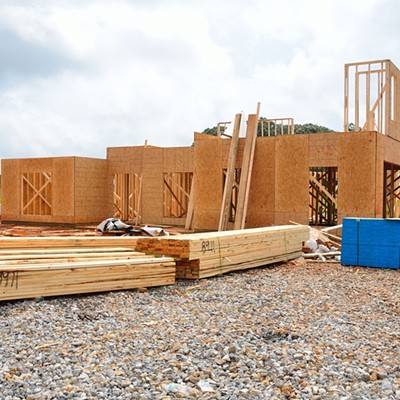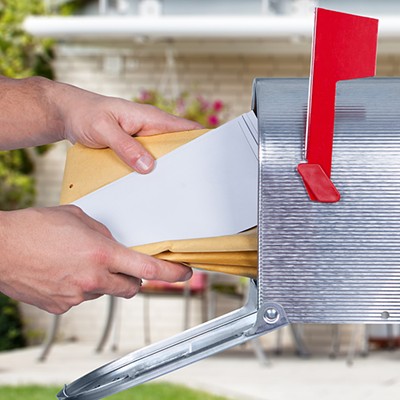New-construction homes can be awesome. They're built to the latest code and tend to be more energy efficient—and what's not to love about that new house smell?
As a licensed real estate broker, I consistently get questions about home inspections. The house is brand new, they ask—what could be wrong with it?
The answer is just because the house is new, doesn't mean it's flawless. There are so many moving parts with building a new home. With the shuffling of sub-contractors, on occasion things get overlooked or missed completely. It's true that the home is inspected by city and county building inspectors multiple times throughout the construction process. That said, inspectors are looking to make sure the new construction meets the minimum building code. Do these inspectors miss things? Sure, they do. Human error happens in every industry, and new construction is not exempt.
A couple of years ago, I was working with a client who was purchasing a new construction home. The home appeared to be in perfect shape, as you would expect from a brand-new home. During the home inspection, inspectors discovered one of the heating ducts was not connected to the heat register in the guest bathroom. The duct was left unattached and blowing hot air throughout the crawl space. During another transaction, the inspector found dishwasher drain lines not connected properly, leaking water all over the brand-new hardwood floors.
Kit Blackwelder of Blackwelder and Son home inspections told me that some of the most common things he finds on new construction inspections are HVAC ducting issues, construction debris left behind in the crawlspace and missing rooftop ventilation.
Typically, with new construction purchases, the buyer and buyer's broker do a final walk-through of the property to identify a punch list of items to be completed and touched up. Generally speaking, this walk-through doesn't involve the detailed inspection of the crawl spaces, attics, roof inspections and running of appliances to ensure they're installed and working properly. This is where having a professional home inspection is very helpful. These items can be addressed with the builder and added to the punch list prior to taking occupancy.
It's to the benefit of the buyer to know exactly the condition of the property, and can prevent potential issues down the line.






















